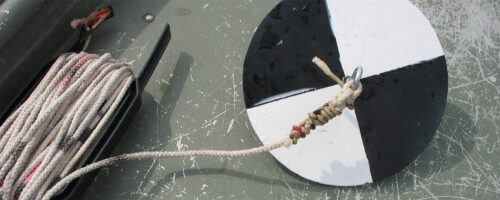Tag: fish
Categories
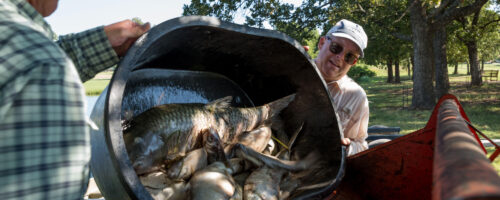
Dead Fish in Summer? Low Dissolved Oxygen Is Usually the Culprit
Estimated reading time: 4 minutes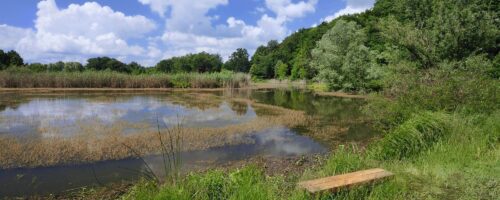
Wetlands provide ecological and economic benefits
Estimated reading time: 3 minutes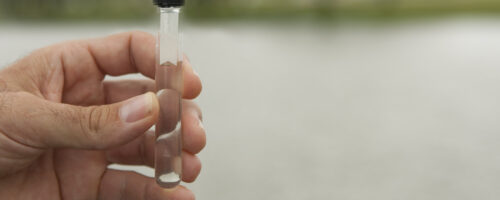
Fish Pond Water Quality: As Simple as Chemistry 101
Estimated reading time: 4 minutes
Water quality is one of the most overlooked aspects of pond management - until it affects fish production...
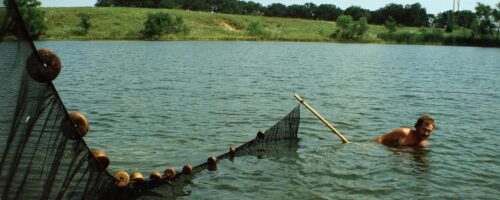
Seine Sampling a Pond
Estimated reading time: 2 minutes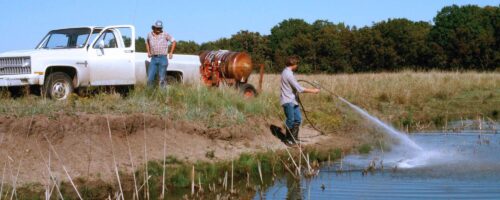
Rotenone Can Remove Undesirable Fish From a Pond
Estimated reading time: 4 minutes